Saber-Toothed Tigers Were Not Actually Tigers

The most famous prehistoric cat, Smilodon fatalis, prowled North America until about 10,000 years ago. These massive predators weighed up to 600 pounds and sported canine teeth that could grow over 7 inches long. Despite their nickname, they were more closely related to modern leopards than tigers.
These incredible hunters used their powerful forelimbs to wrestle prey to the ground before delivering a fatal bite to the throat. Their shortened tail and stocky build made them perfectly adapted for ambush hunting rather than high-speed chases.
The American Cheetah Could Outrun Modern Sports Cars

Miracinonyx trumani, known as the American cheetah, could reach speeds of up to 70 mph across the Great Plains. This sleek predator stood about 3 feet tall at the shoulder and had remarkably long legs built for speed. Unlike modern cheetahs, it had semi-retractable claws that provided better traction on various terrains.
These swift cats likely hunted pronghorn antelope, which explains why pronghorns today can still run at 60 mph despite having no natural predators fast enough to catch them. The American cheetah went extinct around 12,000 years ago, leaving behind only the memory of their incredible speed.
Giant Jaguars Were Twice the Size of Today’s Big Cats

Panthera onca augusta, the giant jaguar, was absolutely massive compared to its modern relatives. These prehistoric beasts could weigh up to 400 pounds, making them nearly twice the size of today’s largest jaguars. They roamed from Alaska to South America, adapting to diverse climates and terrains.
Their powerful jaws could crush the bones of massive prey like giant ground sloths and early horses. Archaeological evidence suggests these super-sized cats were the apex predators of their time, feared even by other large carnivores.
Scimitar Cats Had Curved Fangs Like Ancient Swords

Homotherium serum, commonly called the scimitar cat, possessed uniquely curved canine teeth that resembled curved swords. These 6-foot-long predators had incredibly powerful shoulders and could leap extraordinary distances to ambush their prey. Their distinctive dental structure allowed them to slice through flesh with surgical precision.
Unlike their saber-toothed cousins, scimitar cats were built for endurance hunting and could pursue prey over long distances. They likely hunted in family groups, making them even more formidable predators across the ancient American landscape.
Cave Lions Were Larger Than Any Modern Big Cat
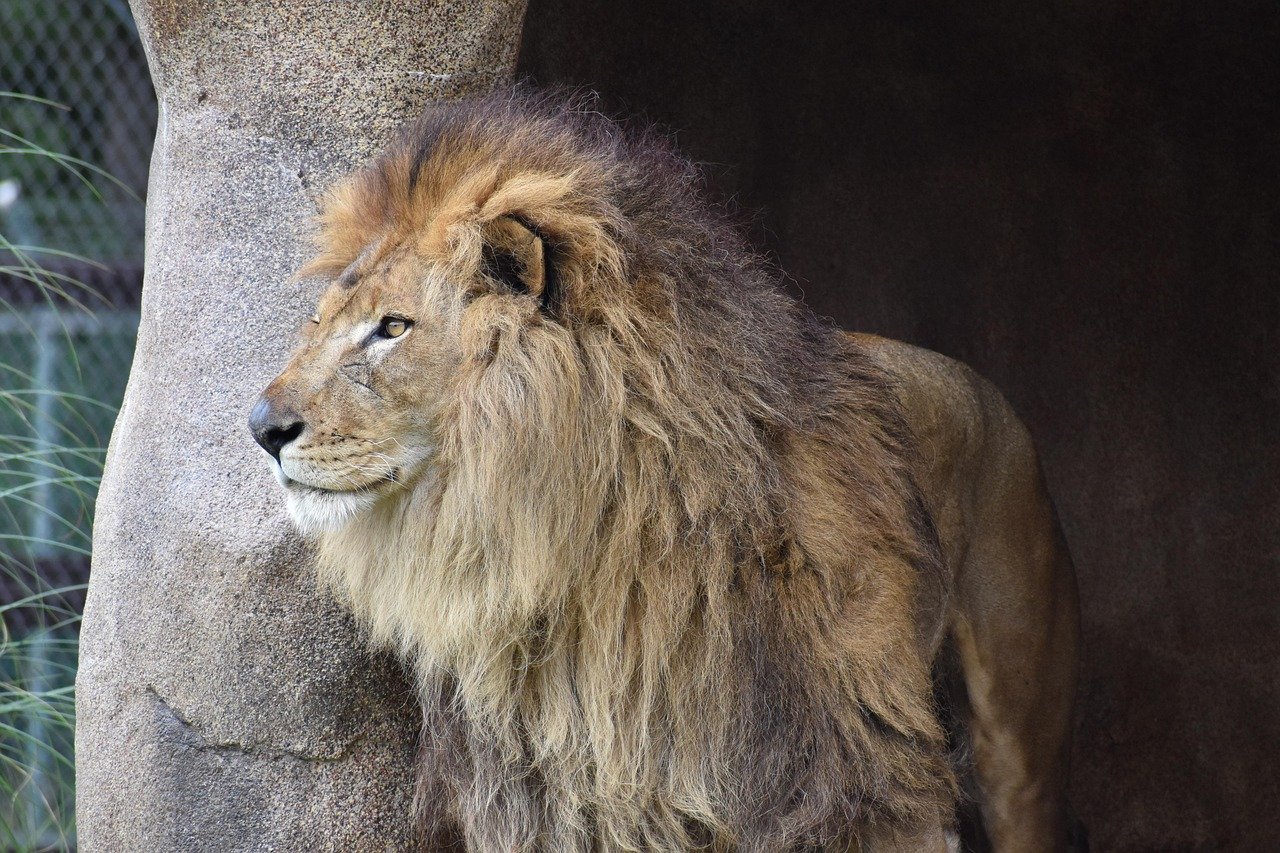
Panthera spelaea, the American cave lion, was among the largest cats ever to walk the earth. These magnificent predators could reach lengths of up to 8 feet and weighed as much as 700 pounds. Despite their name, they rarely lived in caves and instead preferred open grasslands and forests.
Cave lions had proportionally longer legs than modern lions, suggesting they were excellent runners. Their massive size and pack-hunting behavior made them the ultimate apex predators of Ice Age North America.
Bobcats Are Living Fossils From the Pleistocene

Lynx rufus, the modern bobcat, is actually a prehistoric survivor that has remained virtually unchanged for over 2 million years. These adaptable cats successfully weathered multiple ice ages and mass extinctions while many of their larger relatives disappeared forever. Their compact size and versatile hunting skills proved to be the perfect survival strategy.
Archaeological evidence shows that prehistoric bobcats were slightly larger than today’s population, but their essential characteristics remained constant. They represent one of North America’s greatest evolutionary success stories.
The Lynx Had Snowshoe Paws for Ice Age Survival
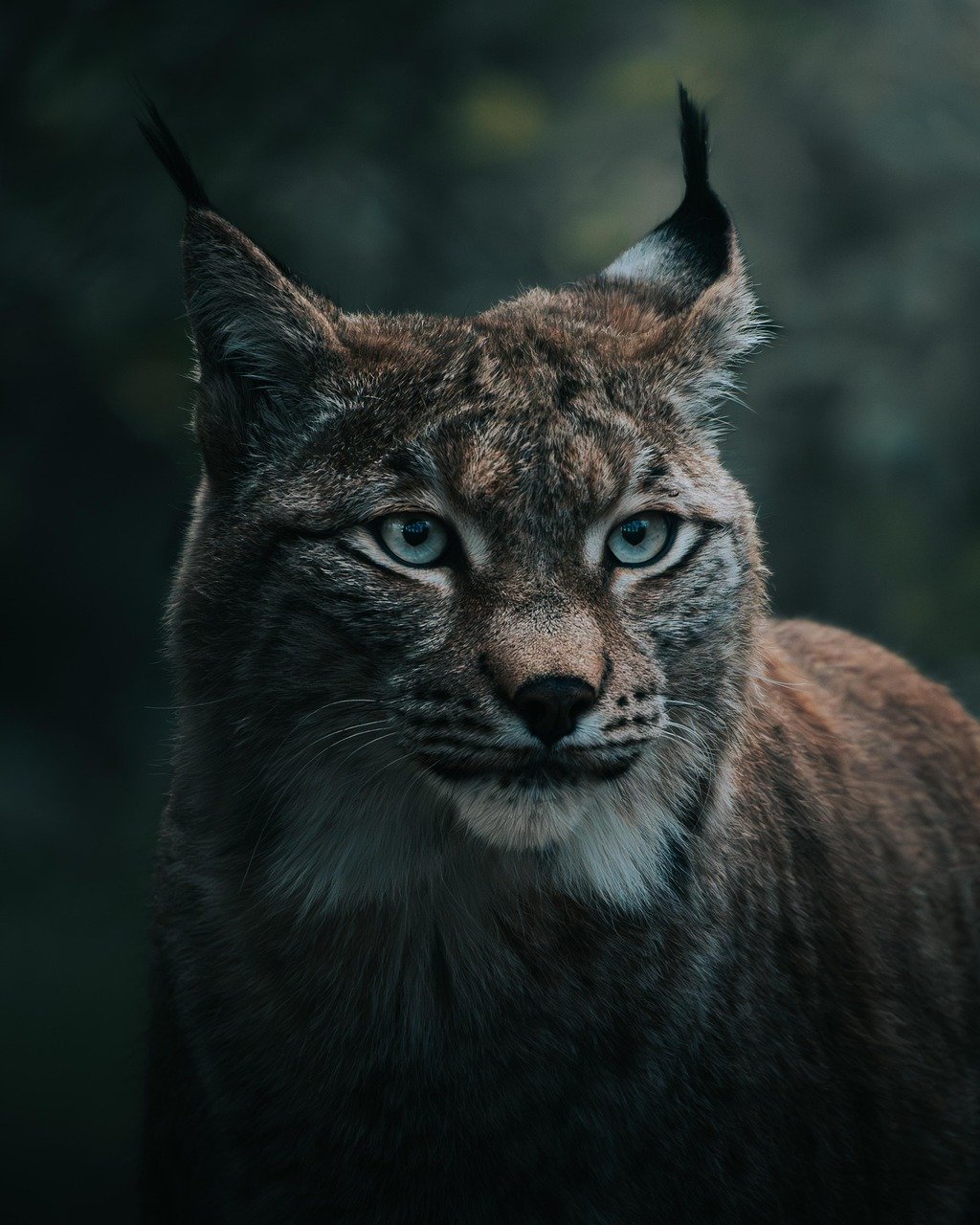
Lynx canadensis evolved their characteristic oversized paws as natural snowshoes during the harsh Ice Age winters. These specialized feet allowed them to hunt effectively in deep snow while pursuing their primary prey, snowshoe hares. Their thick fur and compact build made them perfectly adapted to extreme cold conditions.
Prehistoric lynx were slightly larger than their modern descendants and had even more pronounced ear tufts that helped them detect prey movement in snowy environments. Their survival strategy of specializing in cold-weather hunting allowed them to thrive when other cats struggled.
Dire Wolves’ Biggest Enemy Was a Saber-Toothed Cat

Smilodon gracilis, the smaller saber-toothed cat, competed directly with dire wolves for the same prey across ancient North America. These agile predators weighed around 150 pounds and were perfectly sized to hunt medium-sized prey like early deer and horses. Their competition with dire wolves shaped the ecosystem dynamics of prehistoric America.
Unlike their massive relatives, these smaller saber-toothed cats were built for speed and agility rather than raw power. Their success in competing with pack-hunting dire wolves demonstrates just how effective their hunting strategies were.
Jaguarundi Ancestors Looked Like Prehistoric Otters

Puma yagouaroundi, the jaguarundi, has prehistoric roots that trace back over 3 million years in North America. These unusual cats have elongated bodies and short legs that make them look more like large otters than traditional felines. Their ancestors occupied a unique ecological niche as semi-aquatic hunters.
Prehistoric jaguarundi were slightly larger than modern populations and showed remarkable adaptability to both forest and grassland environments. Their distinctive body shape and hunting style made them one of the most unusual prehistoric cats on the continent.
Mountain Lions Are Ice Age Survivors
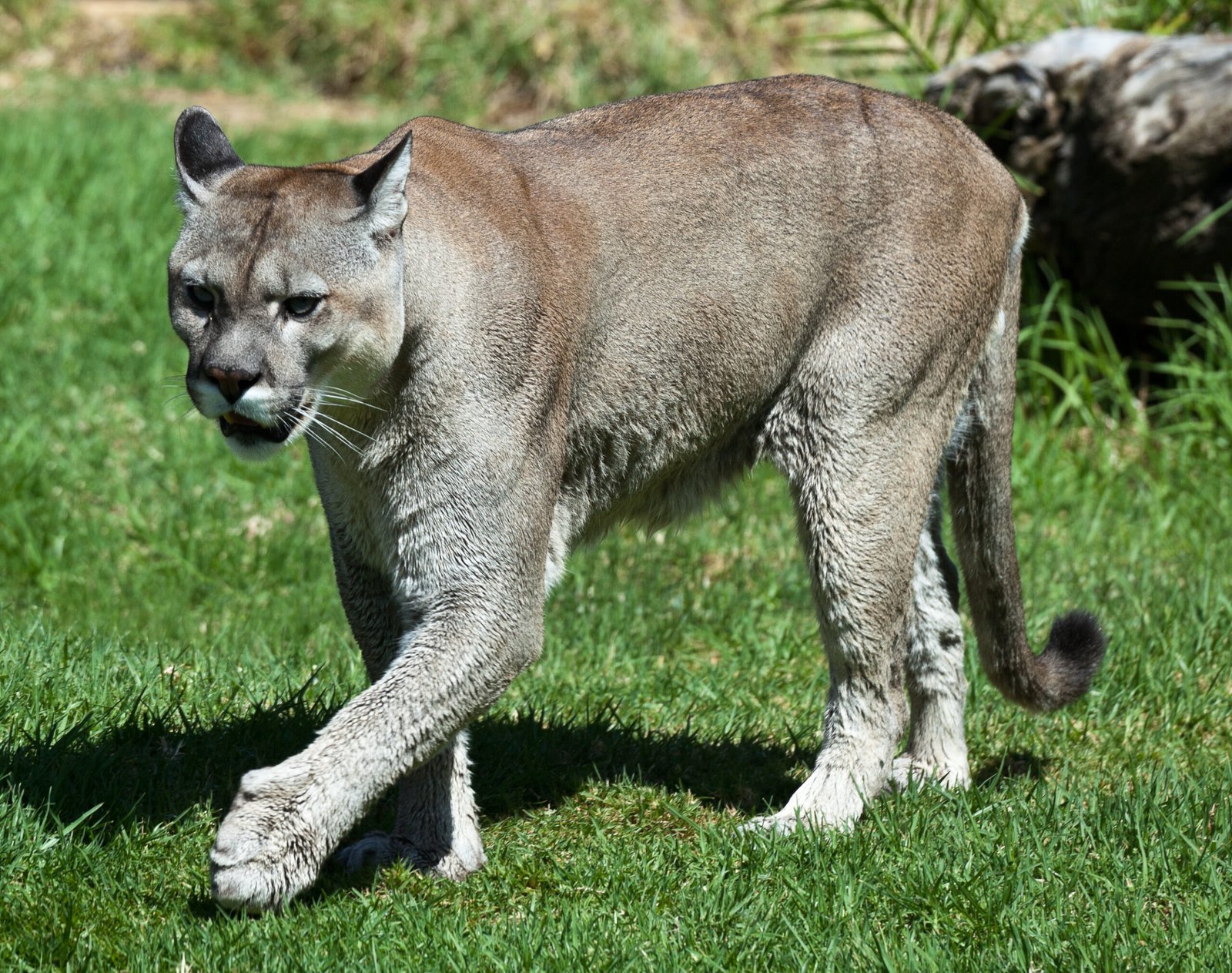
Puma concolor, the mountain lion, successfully survived the great extinctions that claimed most of North America’s large predators. These adaptable cats managed to maintain stable populations while saber-toothed cats, giant jaguars, and cave lions all disappeared. Their success came from being generalist hunters rather than specialists.
Prehistoric mountain lions were virtually identical to modern populations, showing that their current form was already perfectly adapted for survival. They represent one of the few large predators that successfully bridged the gap between prehistoric and modern times.
Ocelots Once Hunted Giant Rodents
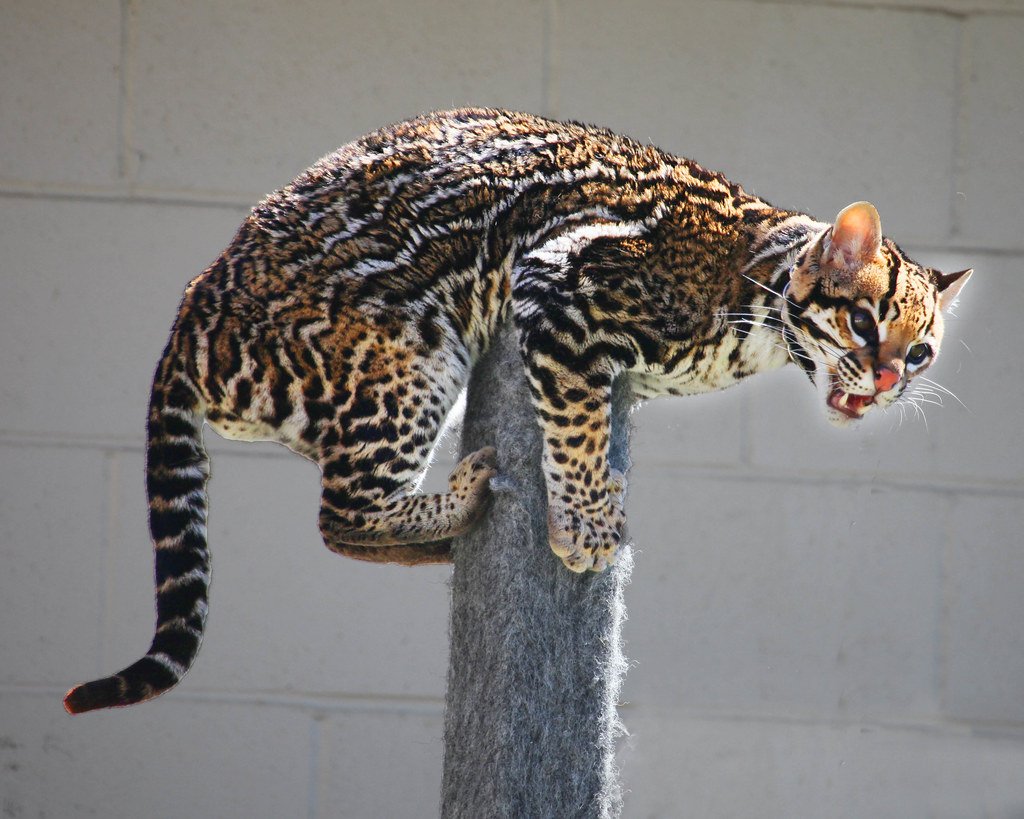
Leopardus pardalis, the ocelot, once had a much larger range across North America and preyed on giant rodents that no longer exist today. These beautiful spotted cats were skilled climbers and swimmers, allowing them to exploit diverse hunting opportunities. Their prehistoric range extended as far north as modern-day Arkansas.
As their giant prey disappeared, ocelots adapted by focusing on smaller mammals, birds, and reptiles. Their ability to adjust their hunting strategies and diet preferences helped them survive while many other specialized predators went extinct.
Conclusion: The Legacy of America’s Ancient Hunters
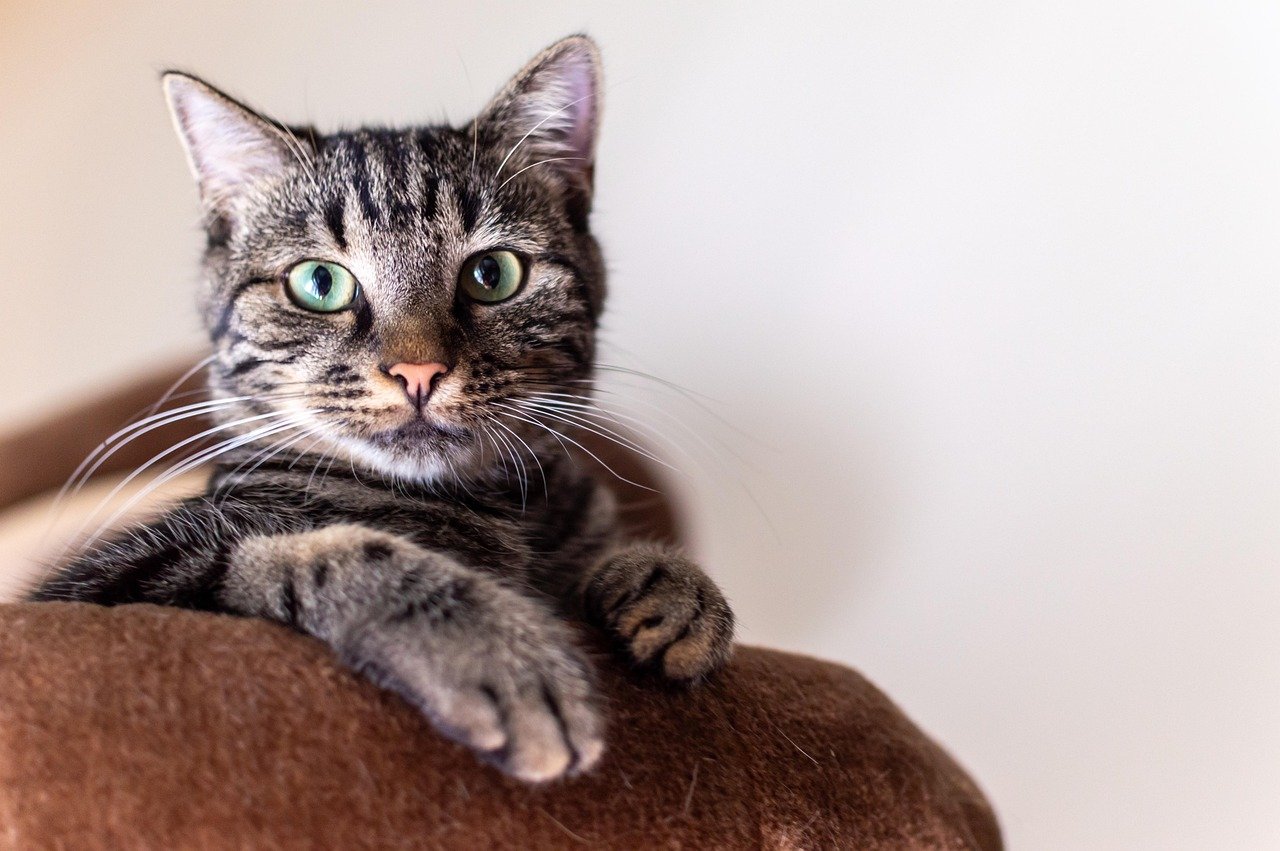
These remarkable prehistoric cats shaped North America’s ecosystems for millions of years before climate change and human arrival led to their decline. Some, like bobcats and mountain lions, proved adaptable enough to survive into the modern era. Others, like the mighty saber-toothed cats, left behind only fossils and our imagination.
Their diverse hunting strategies, from the raw power of cave lions to the lightning speed of American cheetahs, demonstrate the incredible evolutionary creativity that once flourished across the continent. Each species filled a unique ecological role that helped maintain the balance of prehistoric North America.
Today’s surviving cats carry the genetic legacy of these ancient hunters, reminding us of a time when North America teemed with feline predators of every size and specialization. Which of these magnificent prehistoric cats would you have been most excited to witness in their natural habitat?
Hi, I’m Bola, a passionate writer and creative strategist with a knack for crafting compelling content that educates, inspires, and connects. Over the years, I’ve honed my skills across various writing fields, including content creation, copywriting, online course development, and video scriptwriting.
When I’m not at my desk, you’ll find me exploring new ideas, reading books, or brainstorming creative ways to solve challenges. I believe that words have the power to transform, and I’m here to help you leverage that power for success.
Thanks for stopping by, Keep coming to this website to checkout new articles form me. You’d always love it!






